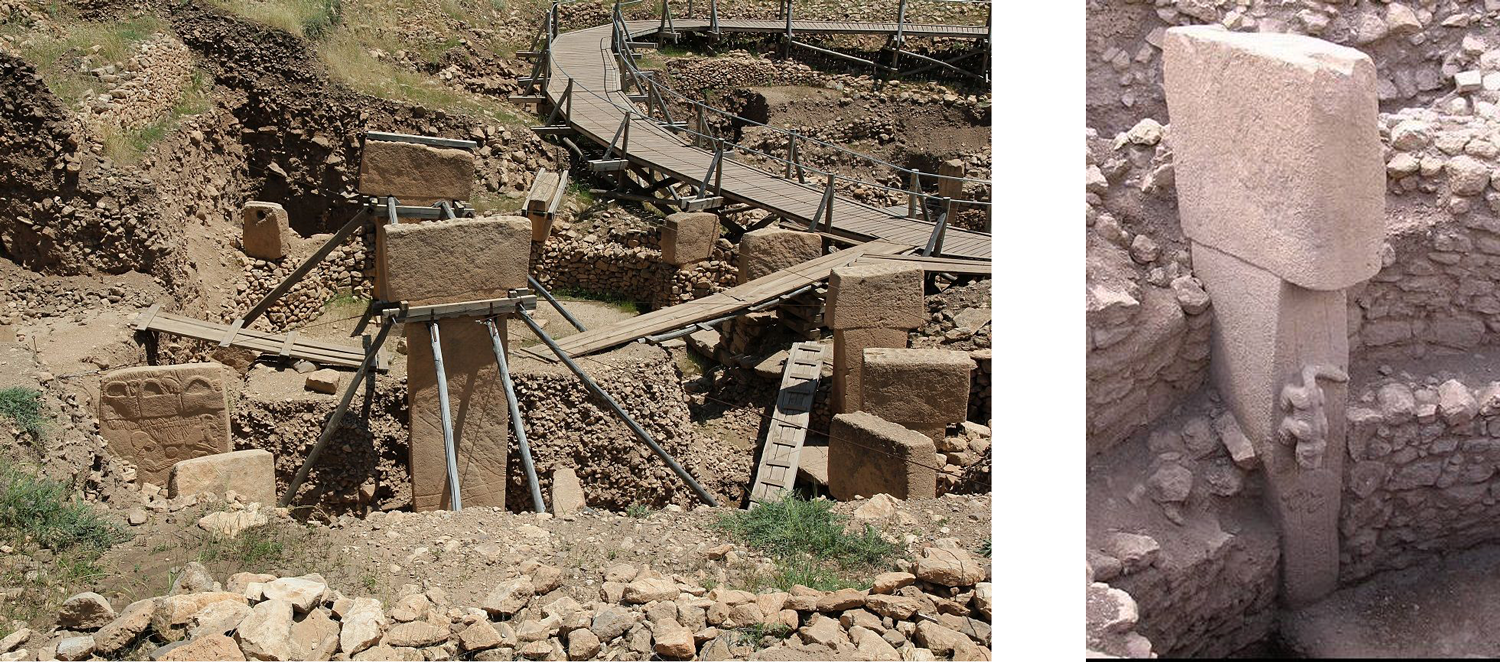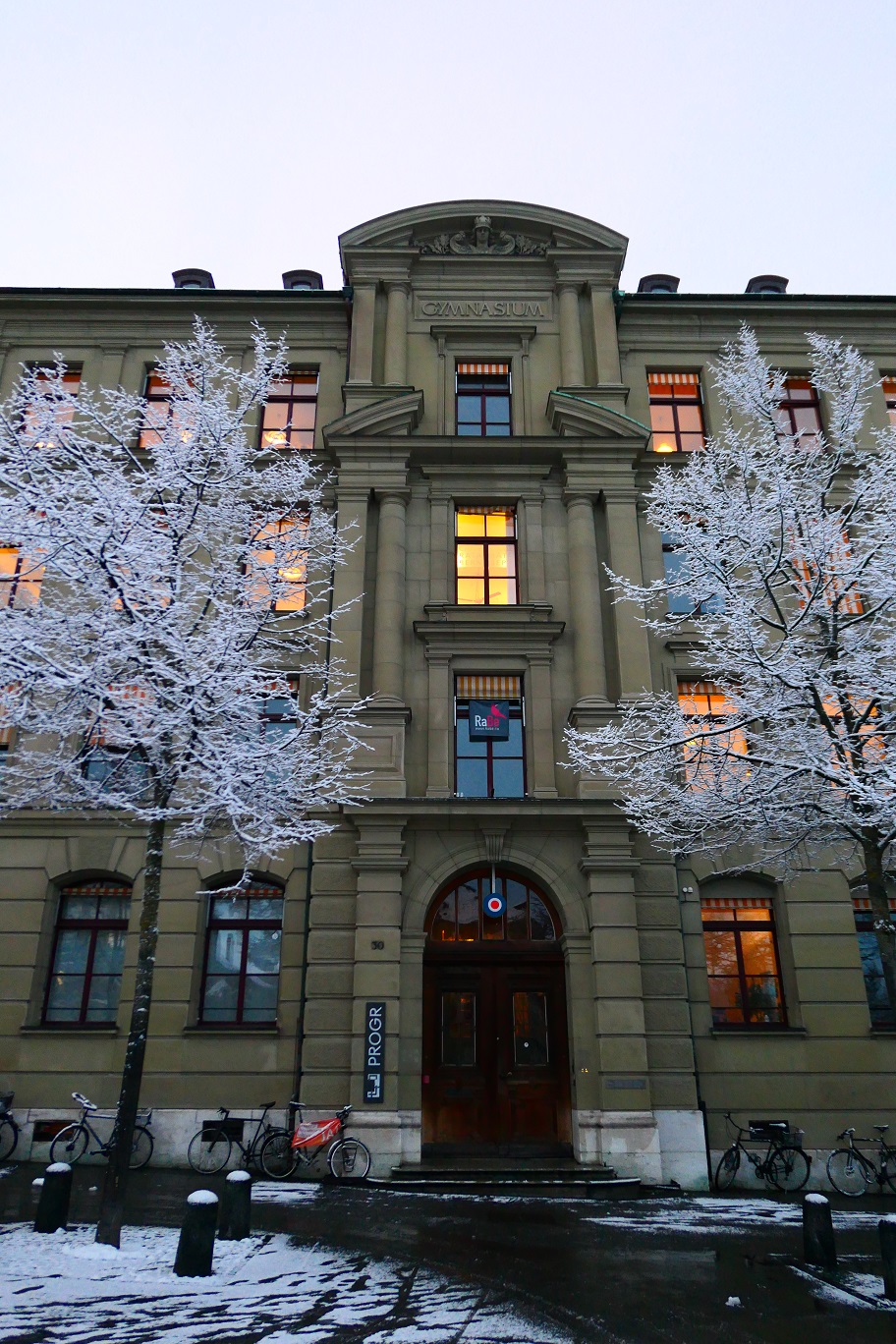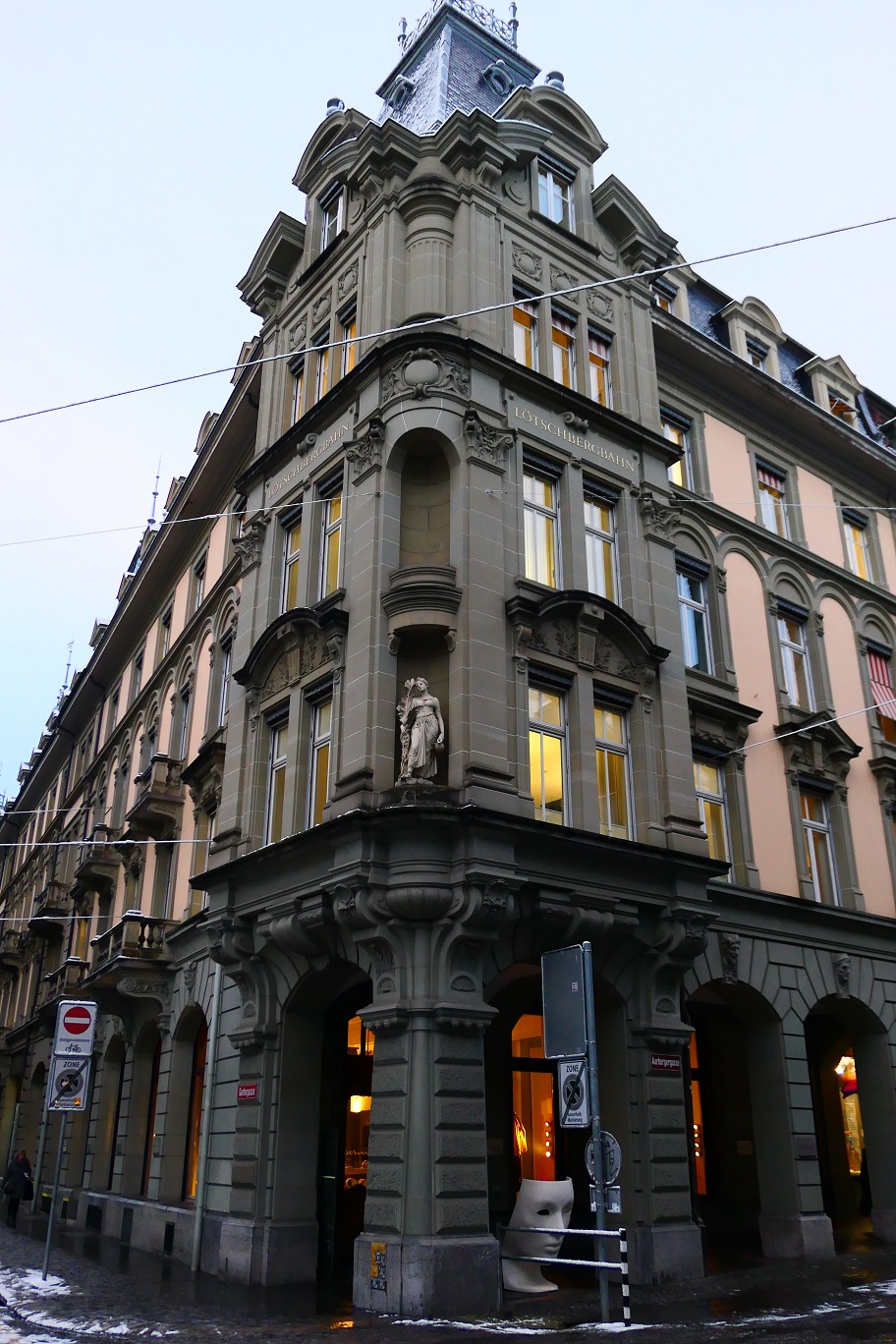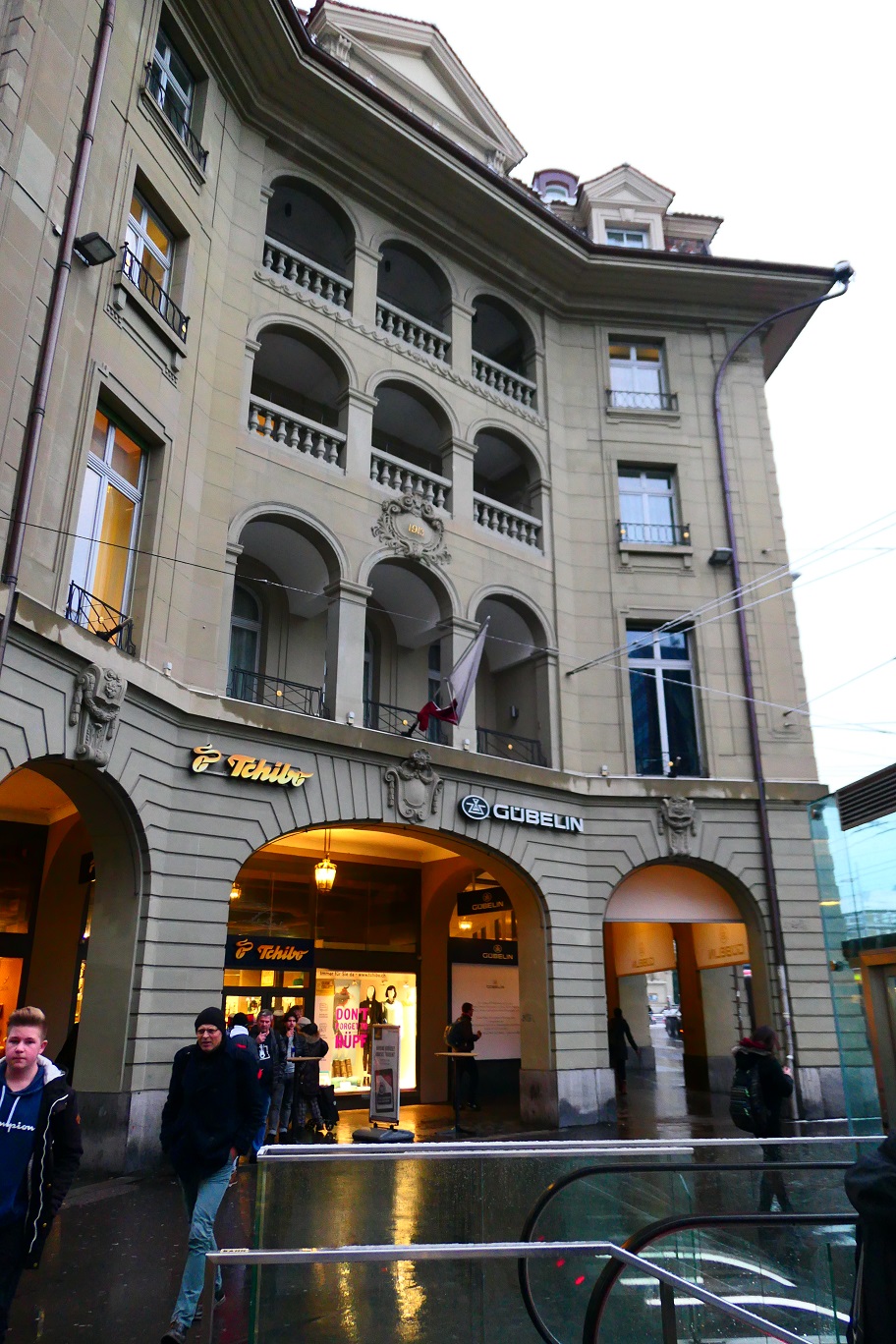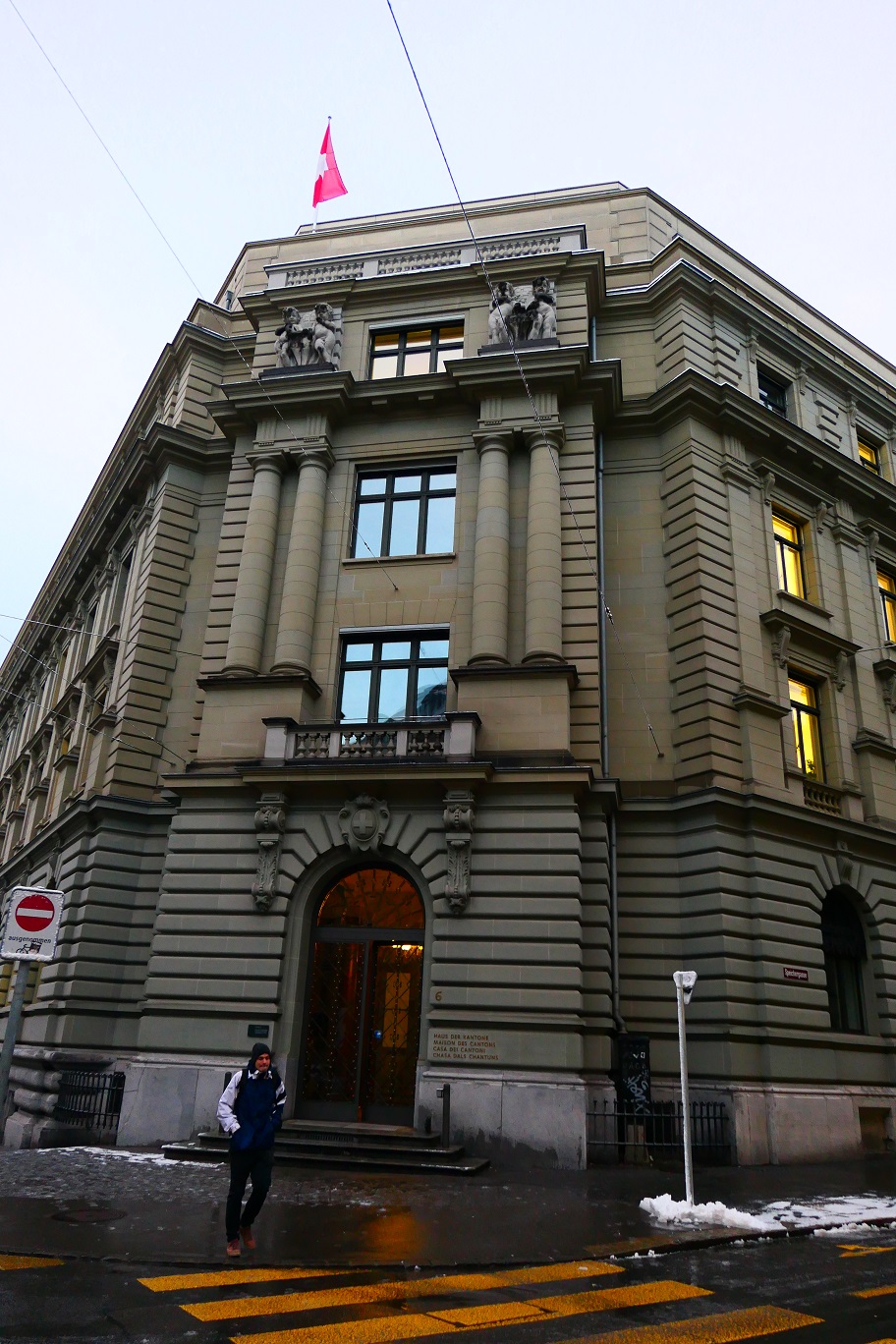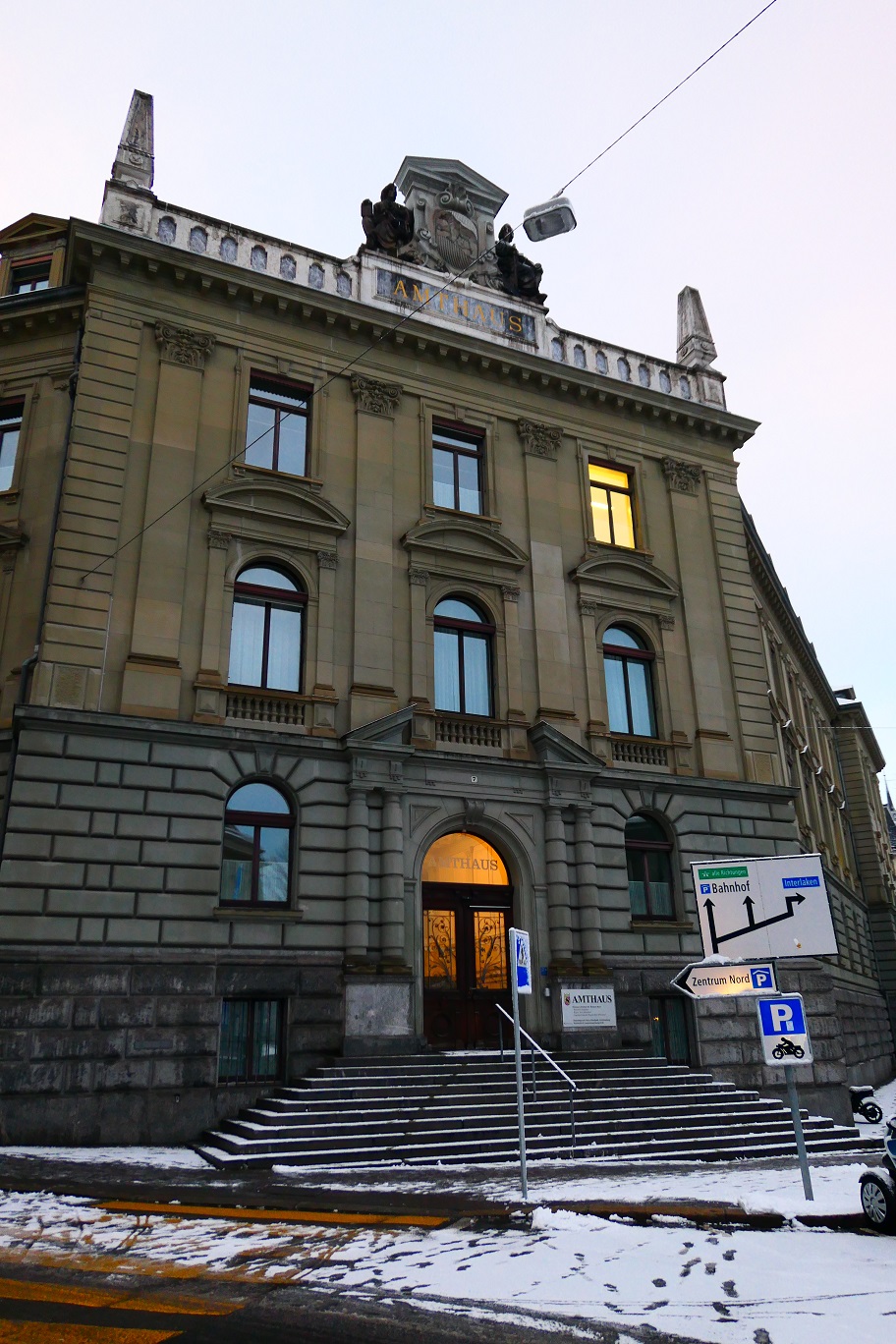Tradition
The term stonemason was derived from the Gallo-Roman, in other words it’s a European term. For simplicity I’ll use the word stonemason in the following text for all craftsmen who turn stone into their final form, even though every time period and every region have their own term for the profession of the stonemason.
Stone as raw material
Humans have used the natural product stone since the beginning of time. We produced useful things like weapons, tools or stone walls for houses, or cultural things like jewellery, figures or temples. Stone is not being used for tools in today’s time anymore, except in some cases (e.g. grinding stones). This wasn’t the case in the early days of humankind. The oldest evidence of the stone tools used by one of human’s ancestors is a hand axe and is 3.3 million years old. However, you don’t have to go back that far in history to see that stone tools were one of the cornerstones of human development. Stone even gives a developmental epoch its name, the Stone Age. However, with the ability to smelt and process copper, brass and later even steel, hand axes, arrowheads and stone axes slowly disappear from daily use.
Stone and Culture
Nevertheless, the use of stone as bearer of cultural creation looks different. The Venus of Willensdorf is a 11cm figure of a woman which was made about 30.000 years ago. And even today some artwork is being made out of stone, although this material isn’t as popular within artists as it was in Bernini’s times. Stone as building material is and was an important bearer of cultural development of humankind
Since the time of the first settlements stones were used to build houses and temples. One of the most beautiful and oldest examples of such a cultural creation is the old settlement/temple in Turkey named Göbekli Tepe. This up to 11.600 years old construction was built with incredible precision and craftmanship.
Stone as a Contemporary Witness
The list of artworks made of stone, which are the contemporary witnesses of various cultures and eras, is basically endless. Especially when considering that the majority of these artworks probably remained undiscovered below the surface of the earth until today. However, you don’t have to dig deep or fly around the world to see artwork made of stone. It’s often enough to visit the centres of European cities. Most cities preserved beautiful buildings, temples or houses of worships, some of which are made of natural stone completely.
Berner Altstadt
Us stonemasons in Europe look back at a long tradition of craftmanship. Even today there are old guild societies like the ‘Affenzunft’ in Bern or, in a broader sense, the ‘Freimaurer’ which were found by stonemasons. Stonemasons built and shaped whole cities. At the same time our ancestors left some very personal prints behind, be it as a sign for, special treatment of or unusual solution of a problem. Our craft stands for resistance and stability. Over the course of thousands of years techniques for stone processing were developed, improved and often forgotten again. Young stonemasons have the hard task to take up this magnificent legacy. In a time when nobody can or wants to afford building houses out of nature stone, it’s important to keep as much knowledge as possible and pass it on to the next generation. Only this way we can make sure that our profession will still exist in the future.


